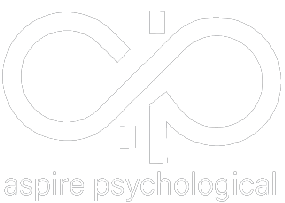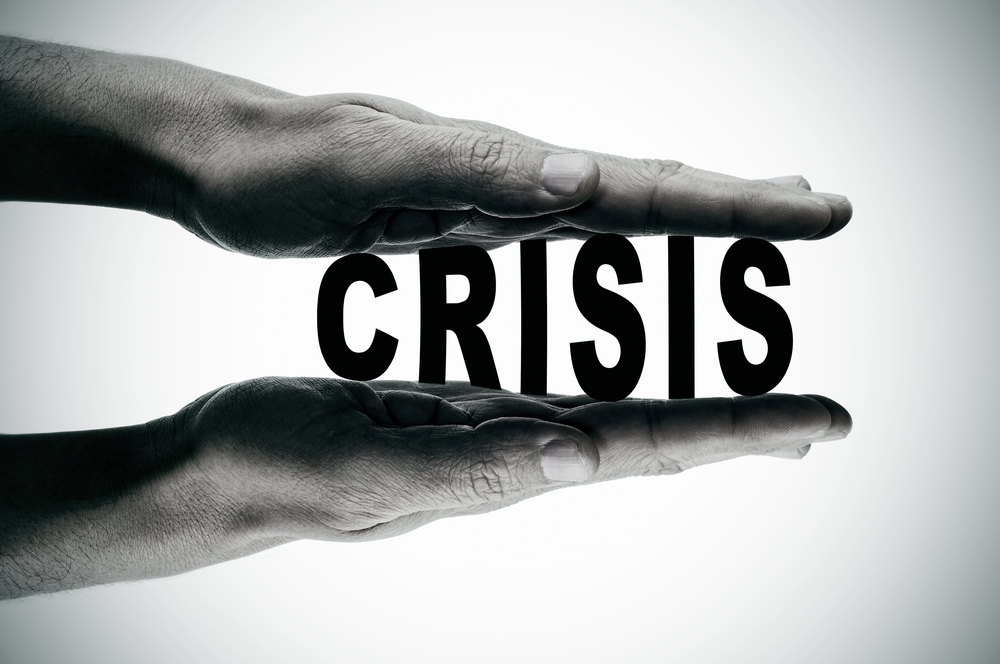Dr.Elisheva Jakobov-Assouline
Social Anxiety Disorder (SAD) involves anxiety about one or more social situations where the individual is exposed to the possibility of being judged by others and fears being negatively evaluated. As a result, the individual avoids the social situation. The anxiety the individual experiences is out of proportion to the social situation threat. Situations such as speaking in public, dating, meeting new people, and even eating in front of others or using a public restroom can cause anxiety. Social anxiety is thought to be a learned behavior from a past negative social encounter as well as having a biological component to it. Individuals with this disorder often experience physical, emotional, and behavioral symptoms. Physical symptoms can include rapid heart rate, sweating, nausea, blushing, shaking, or dizziness. Emotional symptoms include but not limited to, fear that others will make fun of you or judge you, fear that others will notice you look anxious, or intense fear of interacting with strangers. Behavioral symptoms include, difficult time making eye contact, avoiding social situations and/or speaking in front of others, and over analyzing your performance in front of others. This blog post will cover research-based approaches to treating Social Anxiety Disorder.
- Cognitive Behavioral Therapy– CBT is the gold standard of treatment for anxiety disorders. The therapist works along with the client to help the client identify their maladaptive thinking patterns that are contributing to their anxiety, and restructure them to more adaptive ones, thereby allowing them to feel and behave differently. Usually, the thoughts are targeted to help the client feel more confident and positive in social situations. Ask yourself, is there any supporting evidence for these maladaptive thoughts? Can there possibly be another explanation? On a scale of 1-10, how likely will it happen? For CBT to be helpful, keeping a log record of the social situations that cause you anxiety can be helpful in terms of best preparing for the future and changing your behavior. In addition, identifying core beliefs during the early therapy stages is beneficial.
- Exposure and Response Prevention– the goal in ERP is to expose the client to their fears in an attempt to experience less anxiety over time and develop more constructive responses. It may be helpful to have the client engage in imaginal exposures as well. Have them visualize themselves in a social situation that brings them anxiety. Imagine what others may be telling you and try to prepare ahead of time. Facing fears is only helpful in the short-term. However, if one keeps avoiding the situations that they fear, those situations will produce more anxiety. Try to think of facing your fears as a short-term pain for a long-term gain.
- Mindfulness– in moments of anxiety, engaging in mindfulness can be helpful. Mindfulness is a state of nonjudgmental awareness of the present moment. It includes awareness of one’s own thoughts, emotions, and physical sensations. Further, calm breathing, progressive muscle relaxation, and grounding can help you stay in the present moment. Using the RAIN acronym, we can bring mindfulness and compassion to difficult emotions.
- R-recognize what is going on for you. Get in touch with your thoughts, feelings, and physical sensations
- A-Allow the experience to be present and let go of any judgement
- I-Investigate with kindness
- N-Nurture your experience by giving yourself a comforting message until you feel more calm.
- Social Skills training- this training targets deficits in interpersonal skills and helps the client work on their assertiveness, communication, and active listening. The therapist may role play with the client real life social situations to practice appropriate behaviors and provides constructive feedback to the client. The client learns how to navigate social situations successfully with reduced anxiety.
- Medications– in situations where the anxiety is pretty intense, medication may be necessary. Anxiety medications can alleviate the physical symptoms. Medication should be accompanied with psychotherapy for best results.
In conclusion, social anxiety can hinder an individual from engaging in social situations. Rather than allowing the anxiety to control, it is important to seek support so you can lead a satisfying and meaningful life. If you know of anyone suffering from SAD, please feel free to reach out to us for support. We would love to help you on your journey towards the best version of yourself.





